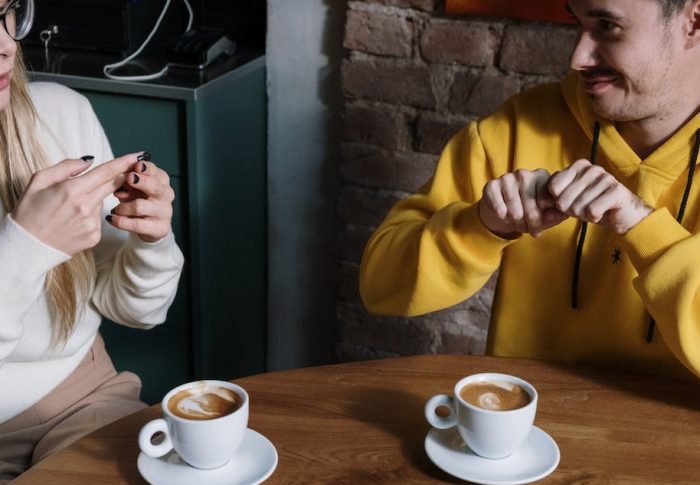Restrained or calmed by chemicals or clothing?
TW – trigger warning, images and themes of this blog may cause distress to some people.
Imagine the chemicals in your brain are telling you to behave in certain ways that are either unsafe to you or unsafe to other people…
Imagine you become so unwell, you lose awareness that your thoughts, actions and behaviours are out of character, you lack insight. How would you want to be treated?
The Mental Health Act can be used to detain someone for assessment or treatment of a mental disorder if they or others are at risk.
Mental illness does not discriminate, just because you come from a certain background or have a high flying job or “perfect life”, mental illness can strike anyone at any time.
When I became so unwell I was convinced killing myself was the only solution to my problems, I was behaving in ways that put my life at risk and was detained (under the mental health act) first by police in a cell and then by mental health professionals in hospital.
I was then forced to take medication, have electro-convulsive therapy (ECT) and engage with psychotherapy. All these combined with time and a safe place to stay enabled me to find my way out of the black hole and recover enough insight to decide what was best for me to continue my road to full recovery.
Listening to an old podcast of All In The Mind, a BBC radio 4 programme, recently, I was struck by a discussion about strong clothing. Clothing used in the asylums (C.19th) to hold patients and comfort them. The garments were often quilted, very heavy and warm. A similar idea to the straight jacket, the clothing would restrict movement and prevent them from harming themselves, others or their environment.

The guest on the programme went on to talk about a survey they’d carried out with a group of mental health service users, artists, historians and clinicians. They asked whether they would rather be restrained by drugs or by clothing. Apparently everyone said they’d rather be restrained by a garment except one service users who would prefer a padded room and one psychiatrist who said he’d prefer drugs (although it was not clear whether he would prefer to use drugs on his patients or whether he would prefer to be restrained by drugs if he was the patient).
This has had me thinking about how the mental health system has swayed so strongly towards drugs and what I would prefer.
There’s no doubt, preventing someone from harming themselves is important, but if there are a number of options, surely we should think carefully about whether different options would suit different people.
Strong clothing came into being as doctors tried to avoid the “revolting instruments of mechanical coercion” rejected by the “non-restraint” movement of the 1840s and ‘50s. They claimed they were something else entirely. It seems that in the 21st century physical restraint is seen as inhumane, truing instead to chemical restraint.
Feeling safe is a fundamental human need. When I think about feeling safe, I’m in a familiar environment being held (embraced) by a familiar person. When unwell (physically or mentally) feeling safe becomes even more important. When very unwell, to be with people who can assess and treat you appropriately, it is most often necessary to be in an unfamiliar environment away from people we know and therefore feeling safe in others ways becomes more important.
Strong clothing, it appears, was used to calm patients and to help them feel held in safety. With the addition of restricting the unwanted harmful behaviour.
But for me, not being able to move is connected to feeling trapped and this is a bad feeling, not a safe feeling. I had nightmares as a child about being in strait jacket! I have never been trapped anywhere but it’s a deep fear, no idea where it comes from!
I don’t think I would have found this strong clothing comforting.

Safety, while I was in hospital had to come from trusting the professionals around me and from some familiar routines (such as always getting up on time and getting dressed etc). Having visitors was also vital as some familiarity.
Some people see mental health wards as somewhere all the patients are “drugged up on meds”. This is not the case – there are some patients, perhaps suffering highly disturbing mania and delusions making them behave in dangerous ways who are given sedating medication (and it might take a while to get the dose balanced) but not everyone.
I’m not sure what I would have thought about a padded room. It certainly screams “asylum” and conjures up images of someone throwing themselves around in a “frenzy”. Dare I say, I think I would have found that helpful – I like the idea of getting rid of my pent up frustrations and energy. At times (when hearing voices in my head) I would bang my head against the wall, it would help, but I would end up with terrible bruises – surely (although, finding another way to manage my emotions in the long run) banging my head against a padded wall would have been helpful?!
As I gained some insight I knew my thoughts and behaviour were unhelpful but I was still finding it hard to control my actions. I remembering feeling the relief of taking medication that slowed down my racing thought and calmed my tense body. I rarely used it, only as a last resort but I remember the feeling vividly.
Drugs act on the brain, to alter chemicals to change how we feel. Strong clothing acts on the body to prevent harmful behaviour. Psychotherapy works on all 3 areas but it takes a long time!
If you were unwell and lacking insight and immediate action was needed to prevent harm, what would you prefer?




